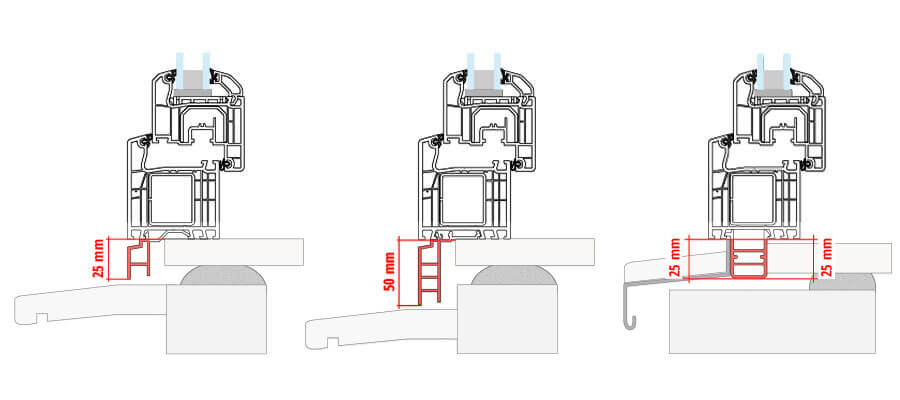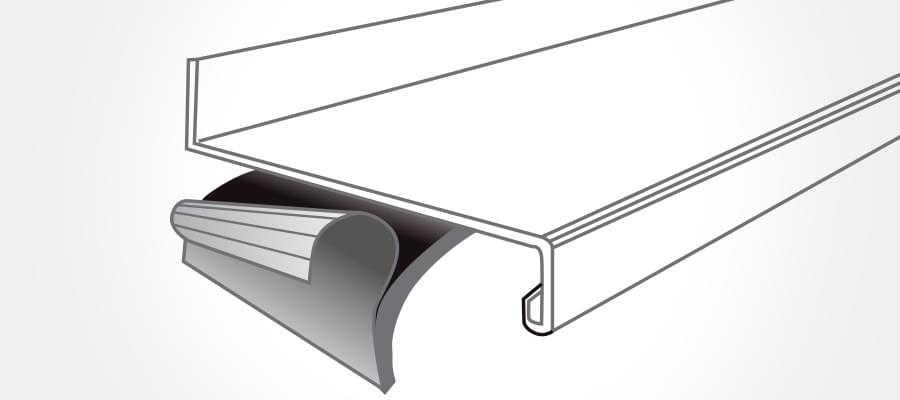The installation of a window sill connection profile should be carried out by more technically skilled individuals, especially when renovating. In a new building, installing accessories is comparatively simple. Tips and instructions for DIY installation can be found in the video section, for example.
Here the masonry below the window requires work, which is a sensitive area. Because energy saving has been a top priority not just since the introduction of the Building Energy Act.
Windows, like front doors, are an integral component when determining the thermal insulation in your home and must therefore be insulated all around. Damage to the insulation leads to thermal bridges, which can result in condensation and ultimately even mould.
The insulation is therefore an essential factor when installing a connection profile. Accordingly, a modern window sill connection profile is also equipped with several chambers that take on an additional insulating function.
The structure is similar to a window profile made of uPVC, which also achieves excellent thermal insulation values thanks to its multi-chamber profile system. If a window sill connection profile is installed, care must be taken that the insulation is not affected.
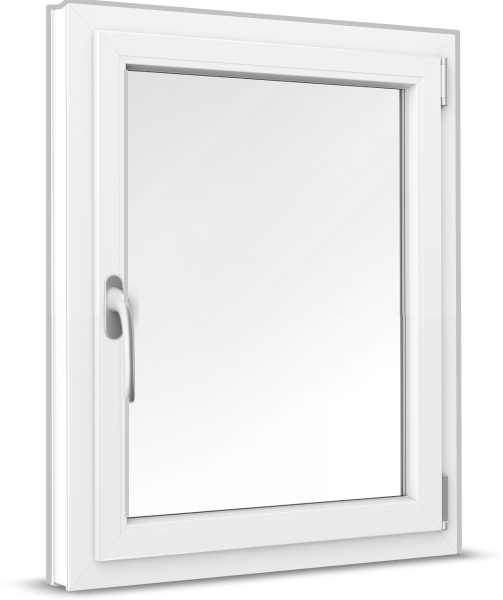 Windows
Windows
 Windows
Windows
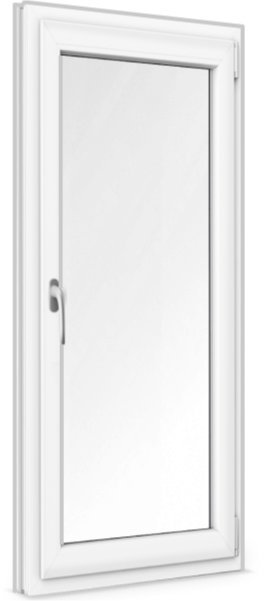 French Doors
French Doors
 French Doors
French Doors
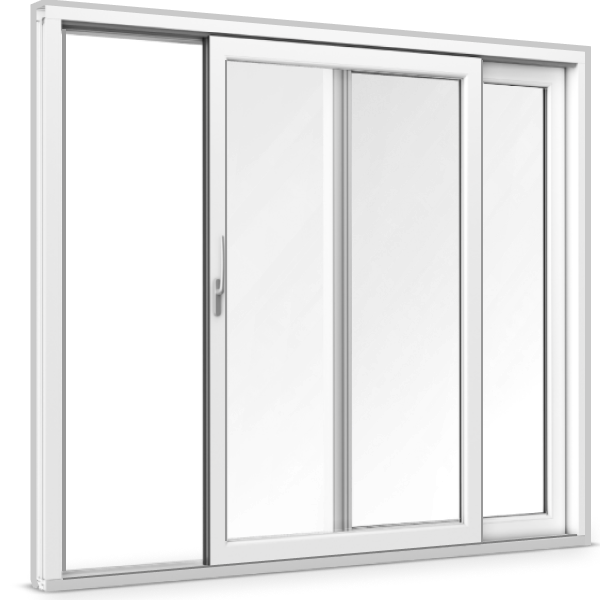 Patio Doors
Patio Doors
 Patio Doors
Patio Doors
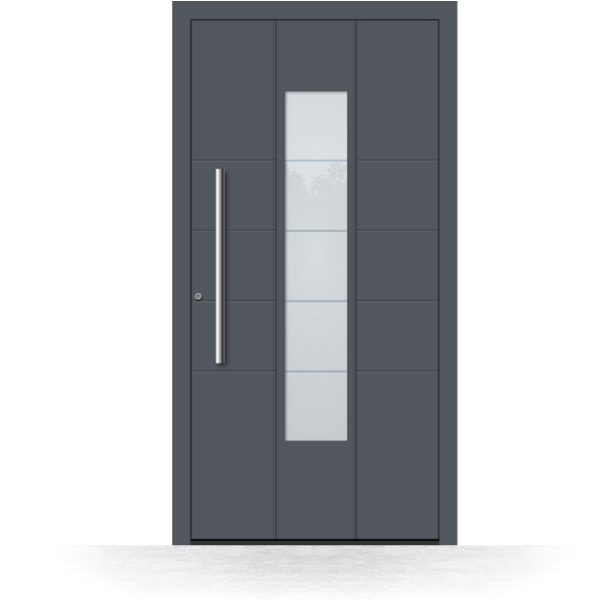 Front Doors
Front Doors
 Front Doors
Front Doors
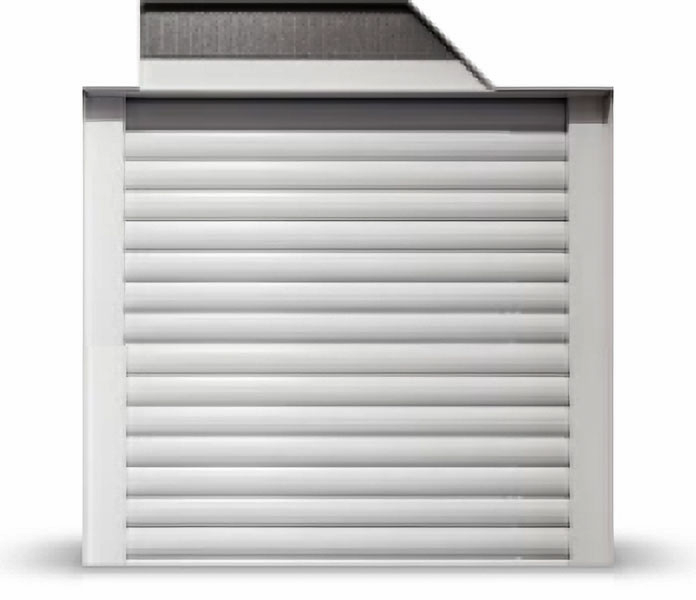 Roller Shutters
Roller Shutters
 Roller Shutters
Roller Shutters
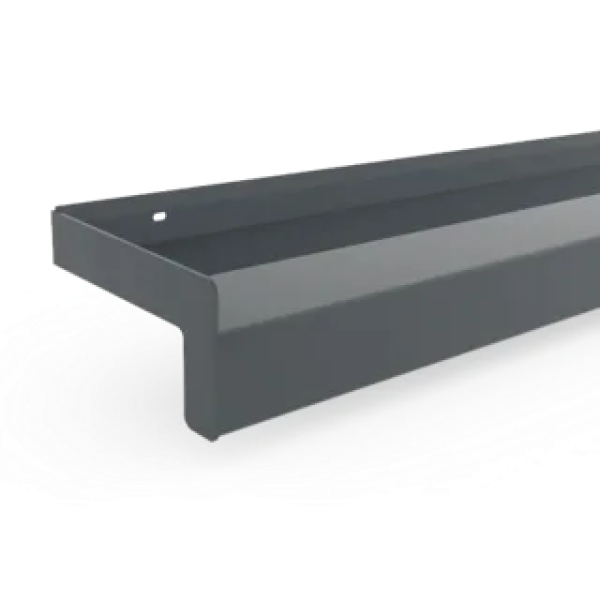 Window Sills
Window Sills
 Window Sills
Window Sills

